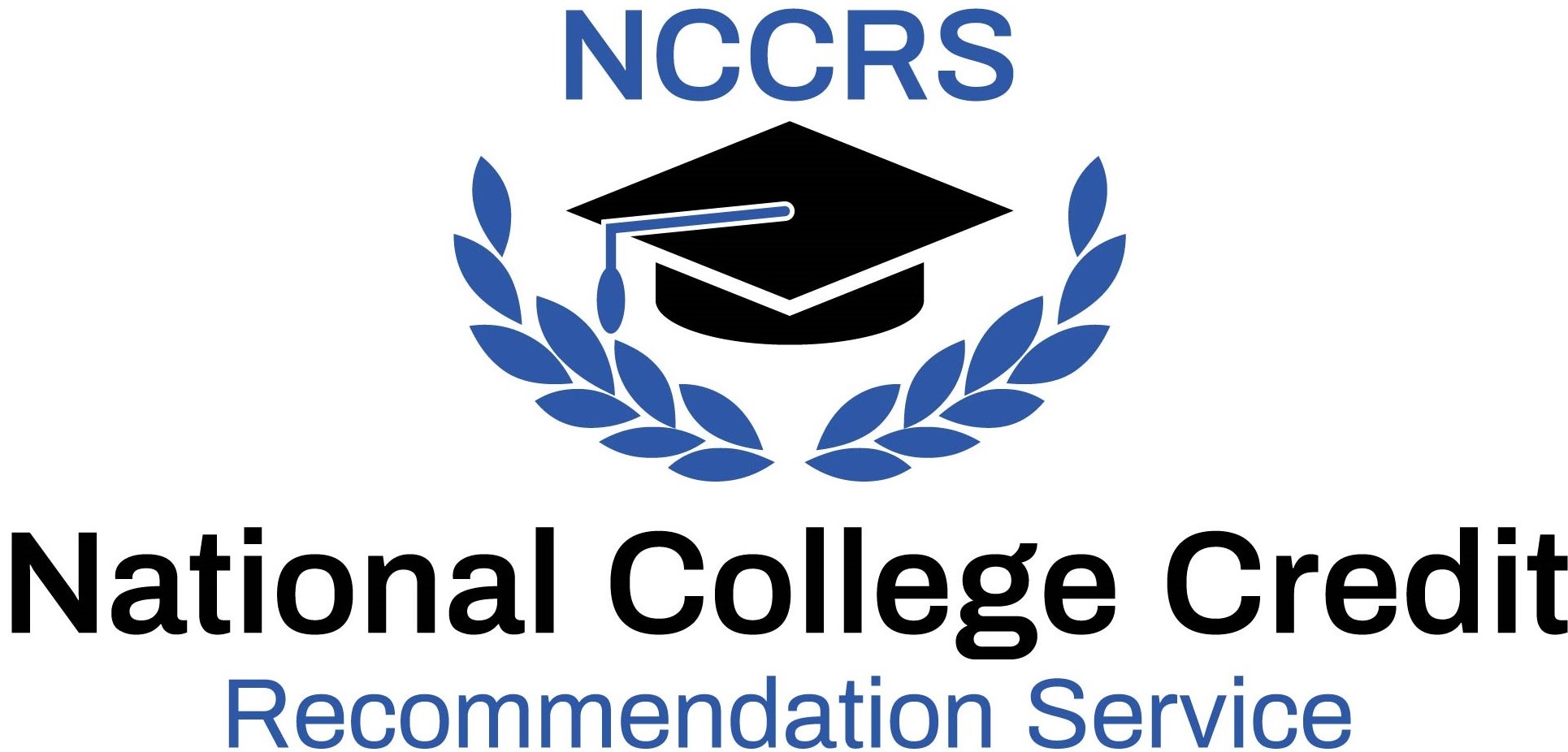Coopersmith Career Consulting | Evaluated Learning Experience
Effective Cybersecurity (TCH-335)
Varies; (self-study; self-paced).
June 2025 - Present.
Upon successful completion of the course, students will be able to: analyze common cyber threats, attack types, and the ethical considerations within the cybersecurity landscape, including ethical hacking versus malicious hacking; explain fundamental security concepts such as the CIA Triad (Confidentiality, Integrity, Availability) and the basics of risk management; differentiate between the OSI and TCP/IP models and identify common network devices and protocols; compare symmetric and asymmetric encryption, and explain the principles of hashing algorithms and digital signatures; identify various types of malware and social engineering tactics, and describe methods for recognizing and mitigating these threats; describe cloud computing models (IaaS, PaaS, SaaS) and identify associated cloud security risks and best practices; recognize vulnerabilities and attack vectors related to the Internet of Things (IoT) and strategies for securing IoT devices; and summarize the steps involved in incident response and the basics of digital forensics.
Effective Cybersecurity is a theory-based course that offers an in-depth exploration of core cybersecurity concepts. The curriculum spans essential topics from the basics of cybersecurity and ethical considerations to advanced subjects like cloud security and emerging technologies. The course begins by establishing foundational knowledge, covering cybersecurity terminology, common attack types, ethical hacking principles, and relevant laws and regulations like GDPR and HIPAA. Students will then delve into fundamental security concepts such as the CIA Triad (Confidentiality, Integrity, Availability) and risk management basics. The curriculum progresses to networking fundamentals, including the OSI and TCP/IP models, IP addressing, and common network protocols, alongside an examination of firewalls, IDS, and IPS. Further exploration includes cryptography, VPNs, and common network attacks like DoS and MitM. The course dedicates significant attention to threats and vulnerabilities, detailing various malware types and social engineering tactics. System and application security, secure authentication, access controls, and endpoint and mobile security are also covered. Cloud security models, risks, and identity and access management are integral components of the latter half of the course, alongside secure software development and IoT security.
In the lower division baccalaureate/associate degree category, 3 semester hours in Cybersecurity, Information Technology, or Management Information Systems (6/25).



